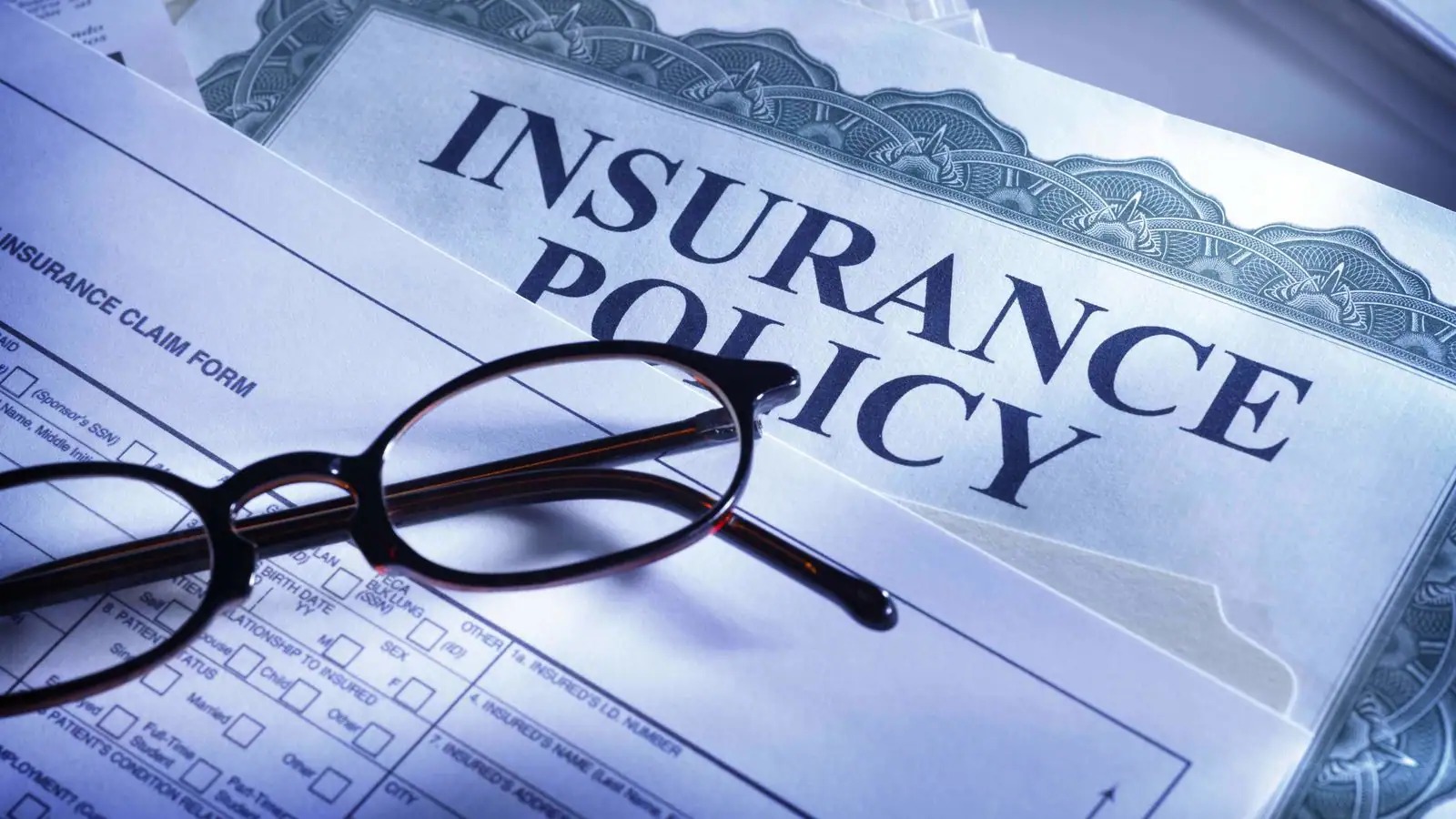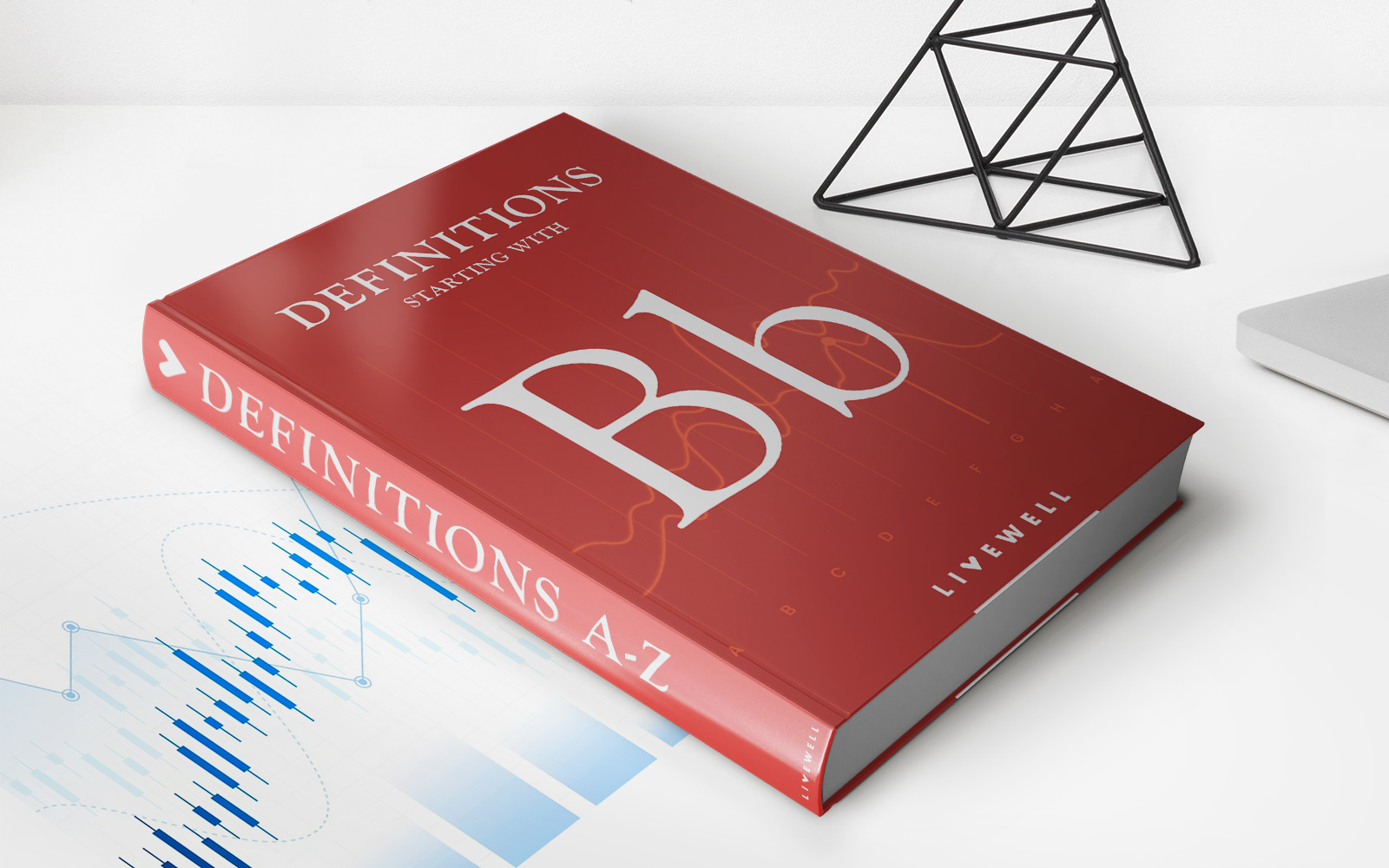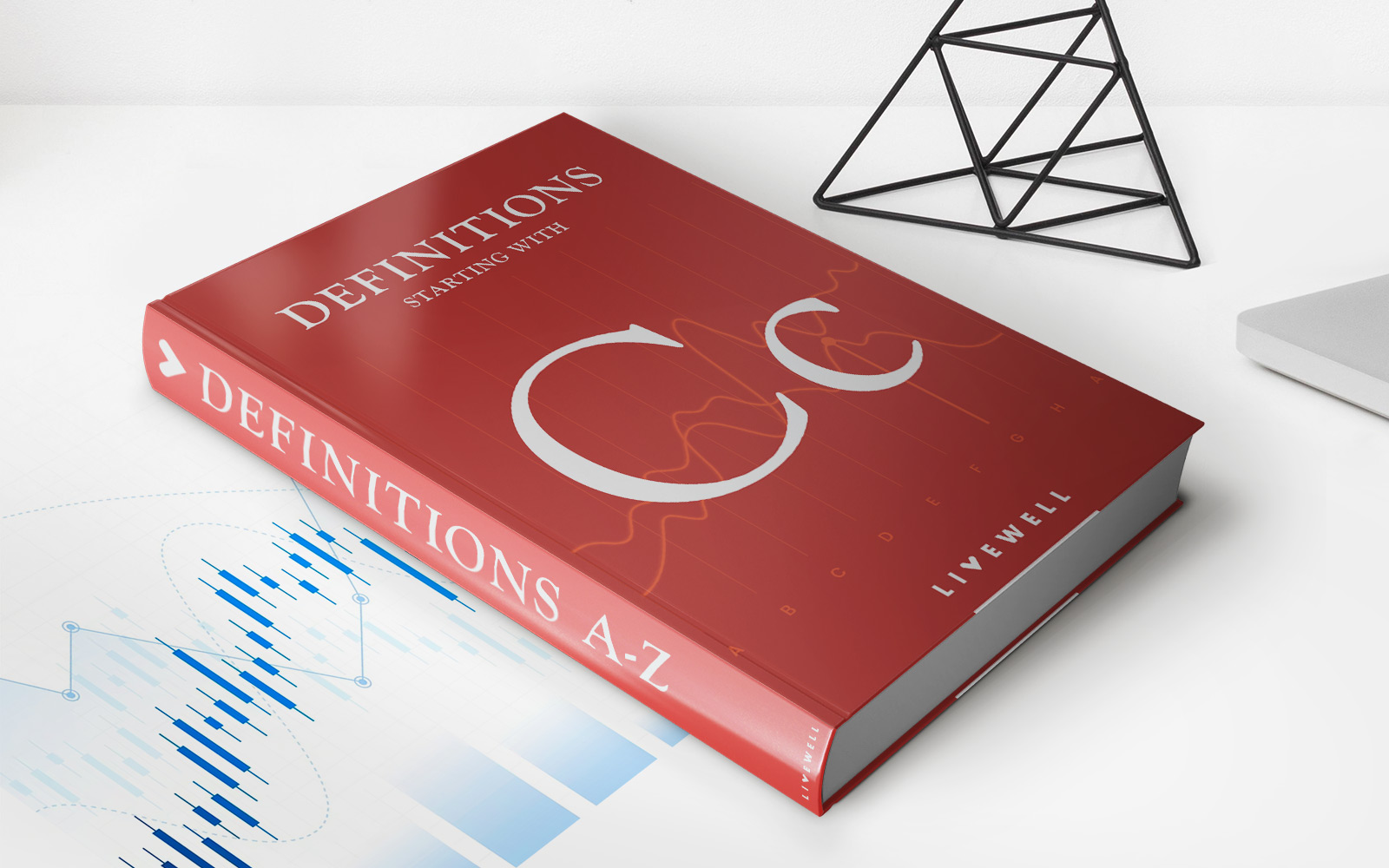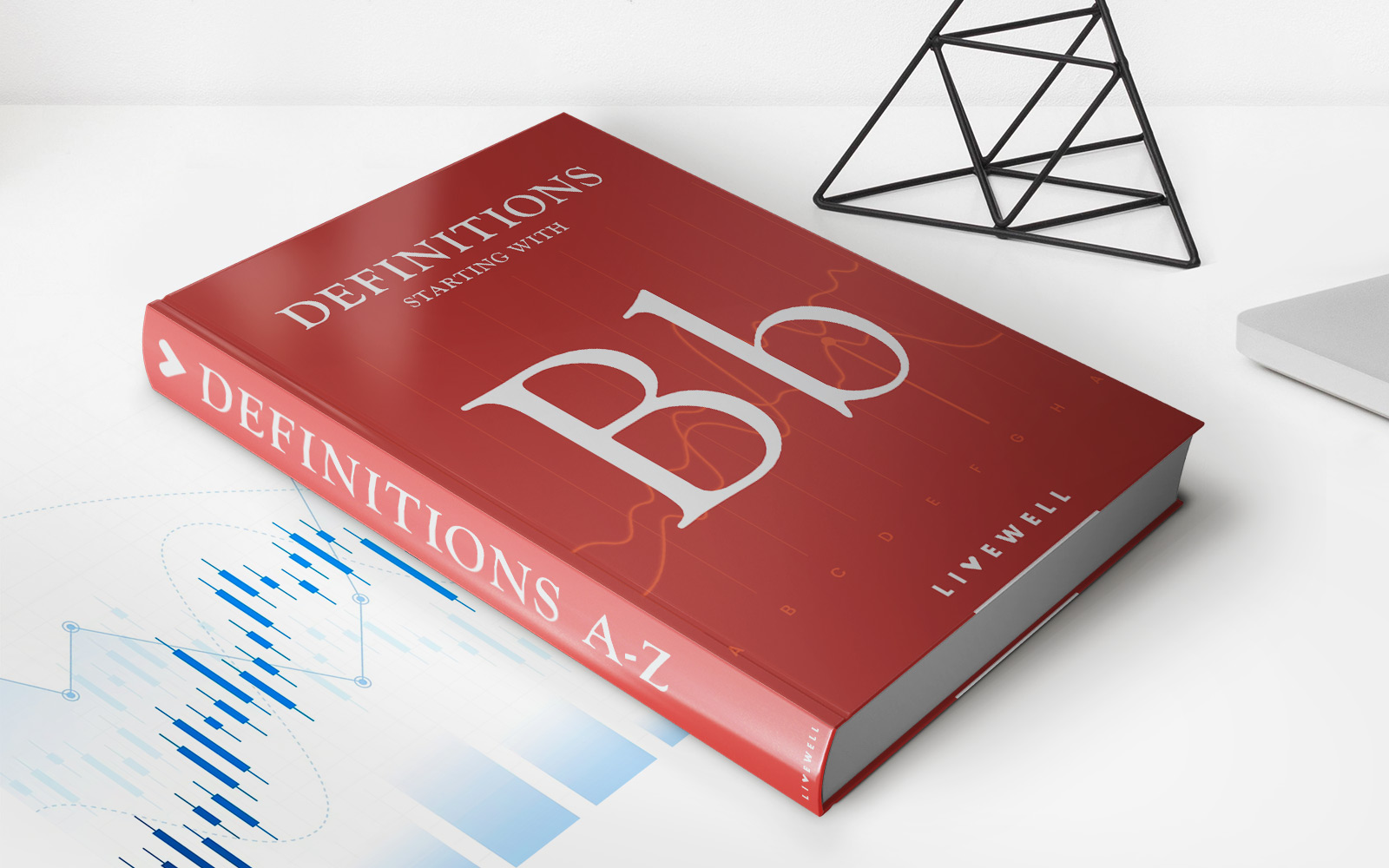

Finance
What Is Agreed Value Insurance?
Published: November 19, 2023
Learn about agreed value insurance and how it can protect your finances. Get expert insights on this type of insurance and make informed decisions for your financial security.
(Many of the links in this article redirect to a specific reviewed product. Your purchase of these products through affiliate links helps to generate commission for LiveWell, at no extra cost. Learn more)
Table of Contents
- Introduction
- Understanding Agreed Value Insurance
- Advantages of Agreed Value Insurance
- Disadvantages of Agreed Value Insurance
- Factors to Consider Before Choosing Agreed Value Insurance
- How Does Agreed Value Insurance Work?
- Difference Between Agreed Value and Market Value Insurance
- Is Agreed Value Insurance Right for You?
- How to Obtain Agreed Value Insurance
- Conclusion
Introduction
When it comes to insurance, there are various types available to protect your assets and provide financial security. One type of insurance that is commonly used to protect valuable possessions is Agreed Value Insurance.
Agreed Value Insurance is a policy that guarantees a specific payout or compensation amount if the insured item is damaged, destroyed, or lost. This type of insurance is particularly popular in the realm of automobiles, where owners want assurance that they will be adequately compensated if their vehicle is involved in an accident.
Unlike traditional insurance policies where market value determines the payout, Agreed Value Insurance allows policyholders and insurance providers to agree upon a specific value that will be paid out in the event of a claim. This agreed-upon value is typically based on the market value of the item at the time the insurance policy is initiated.
While Agreed Value Insurance offers many advantages, it is important to understand the intricacies of this type of insurance before making a decision. In this article, we will delve deeper into what Agreed Value Insurance entails, its advantages and disadvantages, factors to consider before choosing it, and how it differs from market value insurance. Whether you’re a car enthusiast or have other valuable possessions, this article will help you make an informed decision regarding Agreed Value Insurance.
Understanding Agreed Value Insurance
Agreed Value Insurance is a type of insurance policy that provides coverage for valuable assets based on an agreed-upon value, rather than the market value. This means that the insured item will be insured for a specific amount, which is determined and agreed upon by the policyholder and the insurance provider. The agreed value is typically based on factors such as the item’s condition, rarity, and market demand at the time the policy is initiated.
Agreed Value Insurance is commonly used for assets such as classic cars, collectibles, artwork, and jewelry, where the market value may not accurately reflect the true worth of the item. This type of insurance gives policyholders peace of mind knowing that they will be reimbursed for the agreed-upon value of the item, regardless of market fluctuations.
One of the key benefits of Agreed Value Insurance is that it provides a higher level of coverage and protection compared to other insurance policies. With traditional insurance policies, the payout is typically based on the market value of the item at the time of loss or damage. This can often result in the policyholder receiving a lower payout than the actual value of the item. However, with Agreed Value Insurance, the policyholder is guaranteed to receive the agreed-upon value, ensuring that they are adequately compensated for their loss.
Additionally, Agreed Value Insurance offers policyholders a greater level of control and customization. Since the value is agreed upon upfront, policyholders have the opportunity to set the coverage amount based on their specific needs and the value of their assets. This allows them to accurately insure their assets and protect them against potential financial losses.
It’s important to note that Agreed Value Insurance is typically more expensive than standard insurance policies. This is because the insurance provider is taking on a higher level of risk by guaranteeing a specific payout, regardless of market fluctuations. However, the added cost is often justified by the increased level of coverage and peace of mind that comes with Agreed Value Insurance.
In the next section, we will explore the advantages and disadvantages of Agreed Value Insurance to help you determine if it is the right choice for you.
Advantages of Agreed Value Insurance
Agreed Value Insurance offers several advantages that make it a desirable option for individuals looking to protect their valuable assets. Here are some of the key advantages:
- Accurate Coverage: One of the main benefits of Agreed Value Insurance is that it provides accurate coverage for your assets. By agreeing upon a specific value with the insurance provider, you can ensure that your valuable possessions are adequately protected in case of loss or damage. This is especially important for items whose market value may not accurately reflect their true worth, such as classic cars or collectibles.
- Higher Payouts: With Agreed Value Insurance, you can expect higher payouts compared to standard insurance policies. Instead of relying on market value, the insurance provider agrees to pay out the predetermined value of the insured item in the event of a claim. This means that you will be reimbursed for the agreed-upon value, even if the market value of the item has decreased.
- Peace of Mind: Agreed Value Insurance offers policyholders peace of mind knowing that their assets are adequately protected. By having a guaranteed payout based on the agreed-upon value, you can have confidence in the level of coverage provided by the policy. This can be particularly comforting for individuals who have invested a significant amount of money and time into acquiring and maintaining valuable assets.
- Customizable Coverage: Another advantage of Agreed Value Insurance is the ability to customize the coverage amount based on the specific needs and value of your assets. Since the value is agreed upon upfront, you have the flexibility to set the coverage amount that accurately reflects the worth of your possessions. This customization allows you to have a tailored insurance policy to meet your unique requirements.
- Protection against Market Fluctuations: Market value can be volatile, especially for assets that are subject to changes in demand and economic conditions. Agreed Value Insurance eliminates the uncertainty and risk associated with market fluctuations. Regardless of changes in the market, you will receive the agreed-upon value for your insured item. This ensures that you are protected from potential financial losses resulting from unpredictable market conditions.
Overall, Agreed Value Insurance provides accurate coverage, higher payouts, peace of mind, customizable coverage, and protection against market fluctuations. It is a suitable choice for individuals who want to protect their valuable assets and secure their financial investment. However, it’s important to consider the potential disadvantages of Agreed Value Insurance, which we will explore in the next section.
Disadvantages of Agreed Value Insurance
While Agreed Value Insurance offers many advantages, it’s important to consider the potential disadvantages before making a decision. Here are some of the key disadvantages of Agreed Value Insurance:
- Higher Premiums: One of the main downsides of Agreed Value Insurance is that it typically comes with higher premiums compared to standard insurance policies. This is because the insurance provider is assuming a higher level of risk by guaranteeing a specific payout, regardless of market fluctuations. The increased premiums can make Agreed Value Insurance less affordable for some individuals.
- Appraisal Requirements: In order to determine the agreed-upon value of the insured item, many insurance providers require a professional appraisal. This can be a time-consuming process and may incur additional costs. The appraisal ensures that the insured item is accurately valued, but it can be an inconvenience for policyholders who wish to quickly secure insurance coverage.
- Possible Overvaluation: One potential disadvantage of Agreed Value Insurance is the risk of overvaluation. Since the agreed value is determined upfront, there is a possibility that the insured item may be valued higher than its actual worth. This can result in paying higher premiums for coverage that exceeds the true value of the asset.
- Limited Coverage Options: Agreed Value Insurance may offer more limited coverage options compared to traditional insurance policies. While market value policies may include various coverage options, such as deductibles or depreciation factors, Agreed Value Insurance typically provides coverage based solely on the agreed-upon value. This may limit the flexibility and customization options available to policyholders.
It’s crucial to carefully consider these potential disadvantages of Agreed Value Insurance and weigh them against the advantages and your specific needs. Understanding the potential drawbacks will help you make an informed decision when choosing the right insurance policy for your valuable assets.
Factors to Consider Before Choosing Agreed Value Insurance
Before deciding to purchase Agreed Value Insurance, it’s important to take certain factors into consideration to ensure that it aligns with your specific needs. Here are some key factors to consider:
- Value of the Asset: Agreed Value Insurance is ideal for high-value assets that may not be accurately represented by the market value. Consider the worth of the asset you want to insure and assess if it would benefit from an agreed-upon value policy. Assets such as classic cars, rare artwork, or unique collectibles are prime candidates for Agreed Value Insurance.
- Market Fluctuations: Consider the volatility of the market for the particular asset you want to insure. If the market value is prone to significant fluctuations, opting for Agreed Value Insurance can provide stability and protection against potential losses due to market changes.
- Cost vs. Benefit: Evaluate the cost of Agreed Value Insurance in comparison to the potential benefits and coverage it provides. Determine if the higher premiums are justified by the guaranteed payout and peace of mind that comes with Agreed Value Insurance. Assess your financial situation and budget to ensure that you can comfortably afford the premiums.
- Appraisal Requirements: Consider the appraisal requirements set by the insurance provider. Take into account the time and additional costs associated with obtaining a professional appraisal to determine the agreed-upon value of your asset. Factor in the inconvenience of the appraisal process when weighing the pros and cons of Agreed Value Insurance.
- Risk Tolerance: Evaluate your risk tolerance and the importance of having guaranteed coverage for your valuable asset. If you want the certainty of receiving the agreed-upon value in the event of a claim, Agreed Value Insurance may be a suitable choice. However, if you are willing to take some risk and are comfortable with potential changes in market value, a traditional insurance policy may be more suitable.
By considering these factors, you can make an informed decision about whether Agreed Value Insurance is the right choice for you. It’s crucial to assess the value of your asset, market fluctuations, the cost versus benefit, appraisal requirements, and your personal risk tolerance to determine the most appropriate insurance coverage for your specific needs.
How Does Agreed Value Insurance Work?
Agreed Value Insurance operates differently from traditional insurance policies. Here’s how it works:
1. Agreed Value Determination: The insured and the insurance provider agree upon a specific value for the insured item. This agreed value is typically based on factors such as the item’s condition, rarity, and market demand at the time the policy is initiated. The agreed-upon value serves as the basis for determining the coverage amount.
2. Premium Calculation: The insurance provider calculates the premium based on the agreed value of the item and other factors such as the level of risk, the insured’s history, and the type of coverage desired. The premiums for Agreed Value Insurance are generally higher than those of traditional insurance policies due to the guaranteed payout of the agreed-upon value.
3. Payout in Case of a Claim: If the insured item is damaged, destroyed, or lost, the policyholder can file a claim with the insurance provider. The insurance provider will then pay out the agreed-upon value of the item, regardless of the current market value at the time of the claim. This ensures that the policyholder receives the full amount agreed upon, providing financial protection in the event of a loss.
It’s important to note that Agreed Value Insurance policies often have certain conditions and exclusions, such as deductibles, coverage limits, and requirements for proper maintenance and security. Policyholders must adhere to these conditions to ensure that they are eligible for the agreed value payout in case of a claim.
Agreed Value Insurance provides policyholders with greater certainty and guarantee of compensation compared to traditional insurance. The agreed-upon value is determined upfront and remains constant throughout the policy term, even if the market value of the insured item fluctuates.
It’s recommended to carefully review the terms and conditions of the Agreed Value Insurance policy, including any appraisal requirements or documentation needed to support the agreed value. Understanding how Agreed Value Insurance works will help you make an informed decision and ensure that your valuable assets are adequately protected.
Difference Between Agreed Value and Market Value Insurance
Agreed Value Insurance and Market Value Insurance are two different types of insurance policies that operate on distinct principles. Here’s a breakdown of the key differences between the two:
Agreed Value Insurance:
- Agreed Value Insurance provides coverage based on a specific agreed-upon value between the insured and the insurance provider.
- The agreed value is determined at the inception of the policy and remains constant throughout the policy term, regardless of market fluctuations.
- In the event of a claim, the insurance provider will pay out the agreed value, ensuring that the policyholder receives the full amount agreed upon.
- Agreed Value Insurance is commonly used for assets such as classic cars, collectibles, artwork, and jewelry, where the market value may not accurately reflect the true worth of the item.
- The premiums for Agreed Value Insurance are typically higher than those for Market Value Insurance due to the guaranteed payout of the agreed-upon value.
Market Value Insurance:
- Market Value Insurance provides coverage based on the current market value of the insured item.
- The payout in the event of a claim is based on the market value of the item at the time of the loss or damage.
- Market Value Insurance is commonly used for assets such as homes, personal belongings, and general liability coverage.
- As the market value of an item can fluctuate over time, the payout for Market Value Insurance may be higher or lower than the original purchase or appraisal value.
- The premiums for Market Value Insurance are generally lower compared to Agreed Value Insurance due to the uncertainty of the payout amount based on market fluctuations.
The choice between Agreed Value Insurance and Market Value Insurance depends on the type of asset being insured, the level of control and certainty desired, and the individual’s risk tolerance. Agreed Value Insurance is often preferred for assets with fluctuating market values or items of high sentimental or financial worth that may not be accurately represented by the current market value.
It’s important to carefully consider the specific needs and circumstances when selecting the appropriate type of insurance coverage for your valuable assets. Consulting with an insurance professional can help you navigate the options and make an informed decision.
Is Agreed Value Insurance Right for You?
Deciding whether Agreed Value Insurance is the right choice for you depends on various factors and considerations. Here are some points to help determine if Agreed Value Insurance aligns with your needs:
Value of the Asset: If you have assets with high monetary or sentimental value, such as classic cars, collectibles, or rare artwork, Agreed Value Insurance may be a suitable option. Since the market value of these assets may not accurately reflect their true worth, having a guaranteed payout based on the agreed-upon value ensures adequate coverage.
Market Fluctuations: Consider the volatility of the market for the asset you intend to insure. If the asset’s market value is subject to significant fluctuations, Agreed Value Insurance provides stability and protection against potential losses resulting from unpredictable market conditions.
Risk Tolerance: Evaluate your risk tolerance and desire for certainty in coverage. Agreed Value Insurance offers guaranteed payouts, providing peace of mind and protection against financial loss. If you prefer a higher level of assurance and are willing to pay higher premiums for guaranteed coverage, Agreed Value Insurance may be the right choice.
Financial Considerations: Assess your budget and financial situation before committing to Agreed Value Insurance. This type of insurance typically comes with higher premiums compared to traditional insurance policies. Ensure that you can comfortably afford the premiums without straining your financial resources.
Appraisal Requirements: Keep in mind that Agreed Value Insurance often requires a professional appraisal to determine the agreed value of the insured asset. This appraisal may come with additional costs and time commitment. Consider if you are willing to go through the appraisal process for accurate valuation.
Specific Coverage Needs: Evaluate your specific coverage needs and customization preferences. Agreed Value Insurance allows for tailored coverage based on the agreed value of the asset. If having a higher level of control and customization options is important to you, Agreed Value Insurance may be the right fit.
Ultimately, the decision to opt for Agreed Value Insurance depends on your individual circumstances, risk tolerance, and the value of the assets you wish to insure. Balancing the advantages and disadvantages of Agreed Value Insurance and considering your specific needs will help you determine if this type of insurance is the right choice for you.
It is recommended to consult with an insurance professional who specializes in Agreed Value Insurance to assess your unique situation and receive personalized guidance in making an informed decision.
How to Obtain Agreed Value Insurance
Obtaining Agreed Value Insurance for your valuable assets requires a few key steps. Here’s a guide on how to get Agreed Value Insurance:
- Research Insurance Providers: Begin by researching insurance providers that offer Agreed Value Insurance. Look for reputable providers with experience in insuring the specific type of asset you want to cover, such as classic cars or fine art.
- Get Multiple Quotes: Reach out to different insurance providers and request quotes for Agreed Value Insurance. This will help you compare coverage options, premiums, and terms offered by different companies to find the best fit for your needs.
- Provide Asset Information: Once you have selected an insurance provider, you will need to provide detailed information about the asset you want to insure. This may include documentation, appraisals, photographs, and any relevant maintenance records to demonstrate the value and condition of the asset.
- Agreed Value Determination: Work with the insurance provider to determine the agreed value for your asset. This value is typically based on factors such as the item’s condition, rarity, market demand, and any appraisals conducted. It is important to ensure that the agreed value accurately reflects the true worth of the asset.
- Review and Sign the Policy: Once the agreed value has been determined, carefully review the insurance policy. Pay attention to coverage limits, deductibles, any add-on options, and policy terms. Make sure you fully understand the coverage and agree with the terms before signing the policy.
- Pay the Premium: After reviewing and signing the policy, you will need to pay the agreed premium amount. The premium is usually determined based on the agreed value and other factors such as risk assessment and coverage options. Ensure that you can comfortably afford the premium without straining your finances.
- Maintain and Update the Policy: Once your Agreed Value Insurance policy is in effect, it’s important to maintain the asset in good condition and meet any policy requirements. Regularly review and update your policy as needed, especially if there are changes to the asset’s value or condition.
It’s essential to consult with insurance professionals who specialize in Agreed Value Insurance to guide you through the process and ensure that you have the appropriate coverage for your valuable assets. They can help you navigate the requirements, determine the agreed value, and provide expert advice tailored to your specific needs.
By following these steps and working with trusted insurance providers, you can obtain Agreed Value Insurance that offers comprehensive coverage and peace of mind for your valuable assets.
Conclusion
Agreed Value Insurance is a valuable option for individuals looking to protect their high-value assets. This type of insurance offers many advantages, including accurate coverage, higher payout guarantees, peace of mind, customizable coverage, and protection against market fluctuations. However, it’s essential to carefully consider the potential drawbacks, such as higher premiums and appraisal requirements, before making a decision.
When considering Agreed Value Insurance, factors such as the value of the asset, market fluctuations, risk tolerance, financial considerations, and specific coverage needs should be taken into account. Evaluating these factors will help determine if Agreed Value Insurance is the right choice for your unique situation.
To obtain Agreed Value Insurance, conduct thorough research, gather quotes from multiple insurance providers, provide detailed information about the asset, work with the insurance provider to determine the agreed value, review and sign the policy, pay the premium, and continue to maintain and update the policy as necessary.
When navigating the process of obtaining Agreed Value Insurance, it’s recommended to seek guidance from insurance professionals specializing in this type of coverage. They can help ensure that you have the appropriate coverage, understand the policy terms, and receive personalized advice tailored to your specific needs.
Ultimately, Agreed Value Insurance provides individuals with a higher level of certainty and tailored coverage for their valuable assets. By carefully considering all the factors and working with trusted professionals, you can select the right insurance policy to protect your prized possessions and have peace of mind knowing that you are adequately covered.














